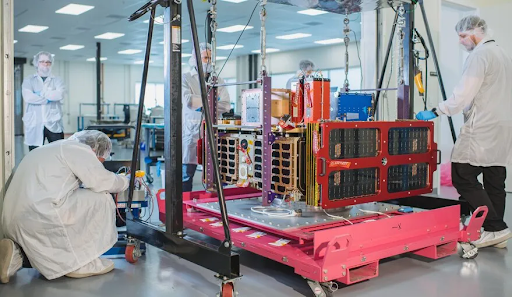The Artemis II rocket launch that aimed to put an unmanned lander on the moon encountered technical difficulties when the spacecraft failed to position itself facing the sun. This caused the spacecraft to fail to get a proper charge. CNN reported the situation was resolved but revealed a problem: a flaw in the propulsion system. Peregrine, the vehicle set to land on the moon, had a successful launch atop a Vulcan Centaur rocket placing the spacecraft into a lunar injection orbit; However, the recent issues have set the timetable back. Reuters reports that NASA has delayed key milestones in the Artemis mission including Artemis I and II.
On its webpage, NASA states that the goals of the Artemis mission are to land the first woman and person of color on the moon, to learn how to take the next big leap to Mars, and to establish the first long-term human-robotic presence on the moon. NASA, along with many other countries and private corporations, plan on building a permanent space station on the moon around 2028 while also landing man on the moon for a second time in 2026.
While the mechanical issues facing the Peregrine are unfortunate, such is the cost of exploring a bold new frontier. As Norman Peale once said “Shoot for the moon. Even if you miss, you’ll land among the stars.” That is certainly what the Artemis mission has attempted to do.




















